-
A couple of interesting British canon
Last week I visited the Fort Beusejour national historic site in New Brunswick and got a look at their Napoleonic and Victorian era canon collection. Of particular note was the presence of near-identical canon, one a smoothbore and the other en early rifled muzzle loader. IT took some pics in case anyone would be interested in the first British attempt to introduce rifling to heavy artillery.
attempt to introduce rifling to heavy artillery.
Both of these canon would have been fitted to either fortress emplacements or large ships. Fort Beusejour became Fort Cumberland when it was captured in 1755 and saw action again in 1776. During the war of 1812 it was re-occupied and upgraded until the garriso nwas finally withdrawn in the 1850's. The rifle muzzle loader depicted in from 1877, so I am unsure where Parks Canada got it.
got it.
I am NOT an artillery expert, but I believe the Rifled Muzzle Loader (RML) canon to be an 80 pounder. Unusually, this one looks to perhaps not have been converted from a 68 pounder smoothbore as I've never seen a 68 with forged-in sight mounts. This example was forged at the Royal Gun Factory in 1877 under Queen Victoria and is a MkI.
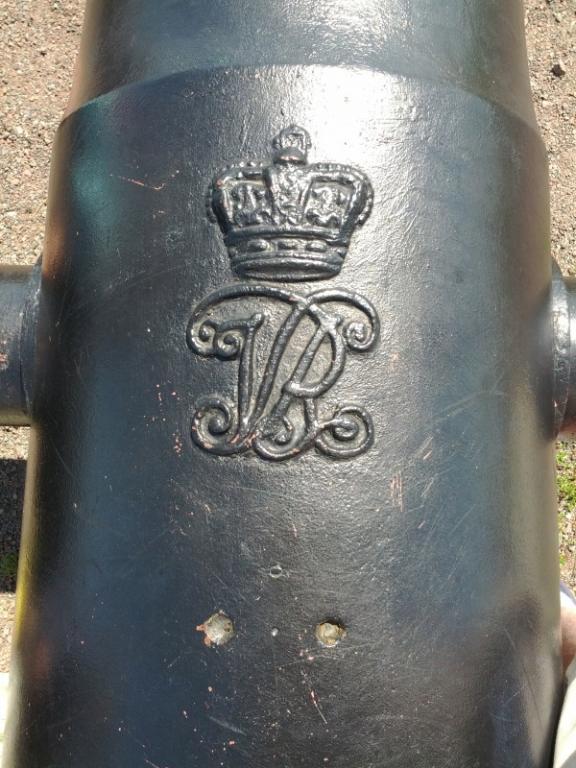
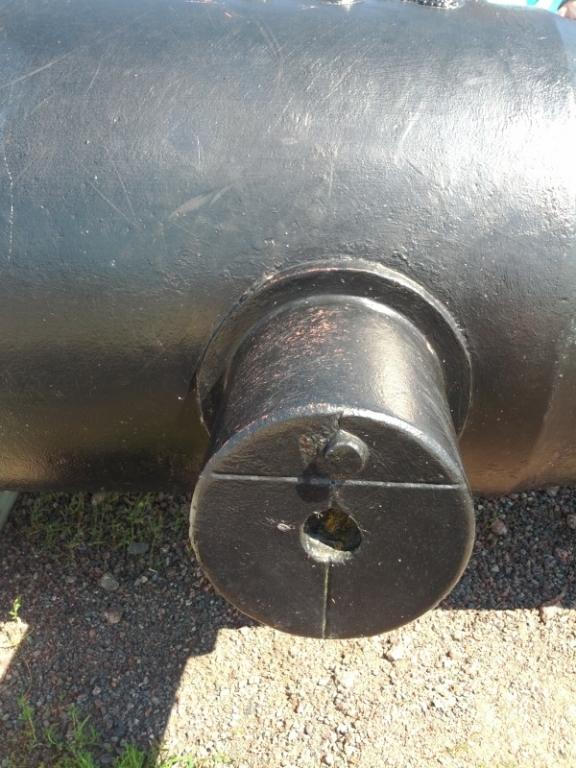
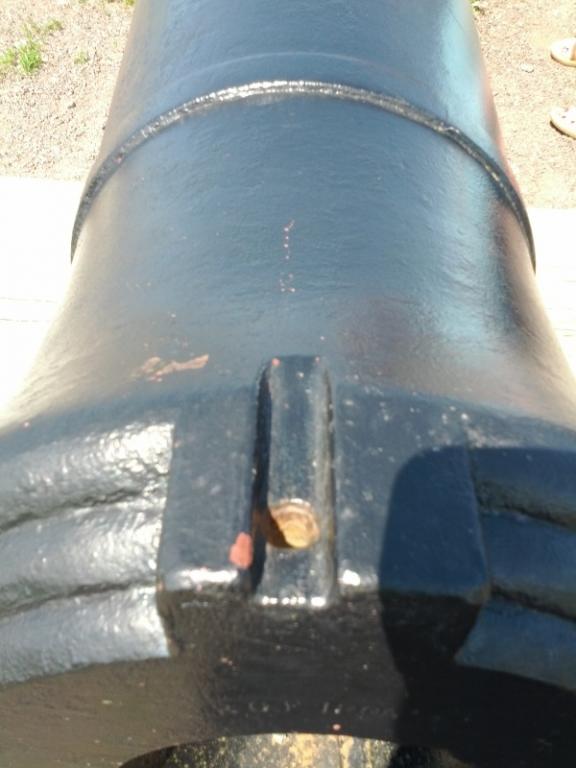
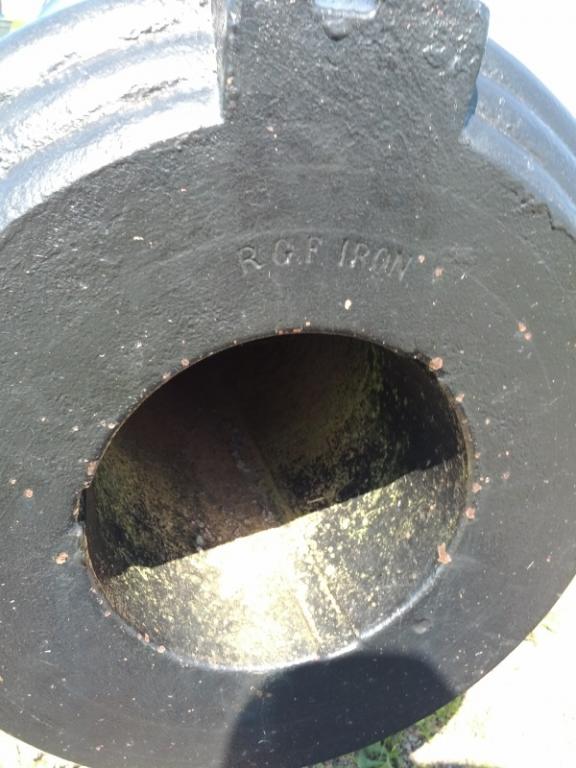
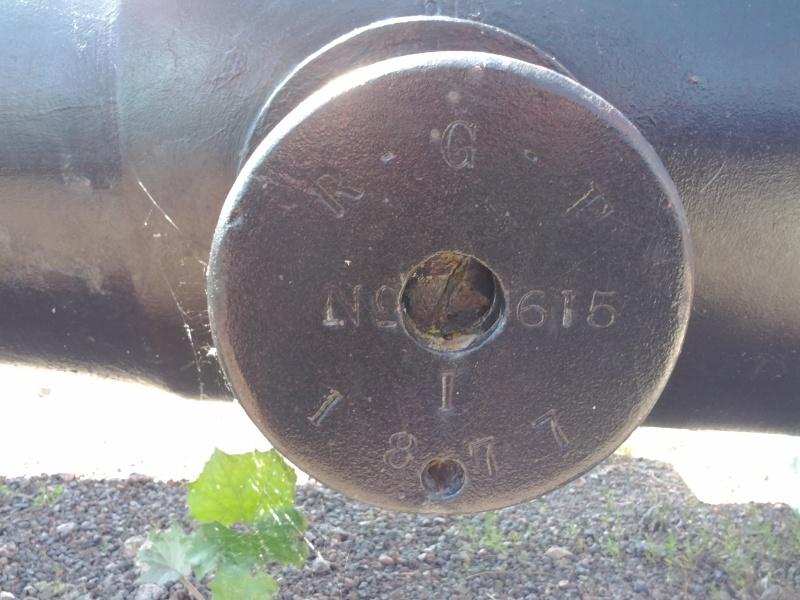
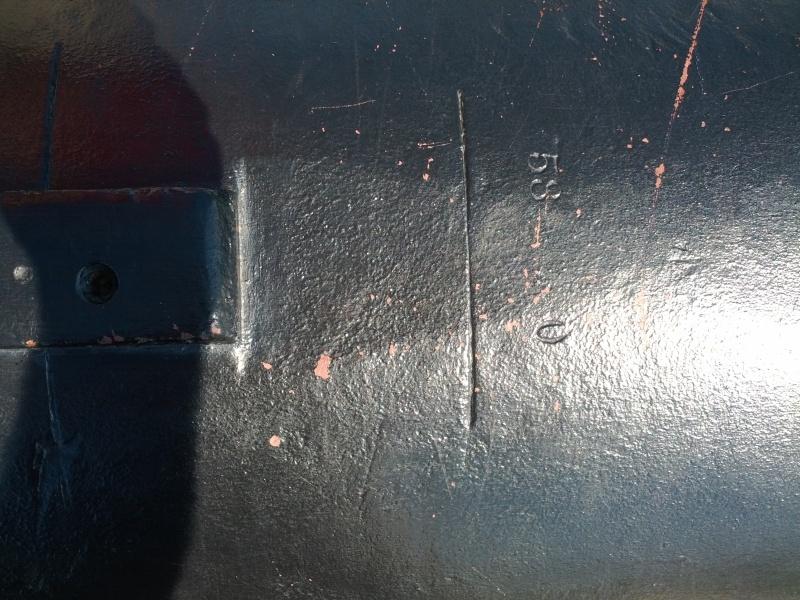
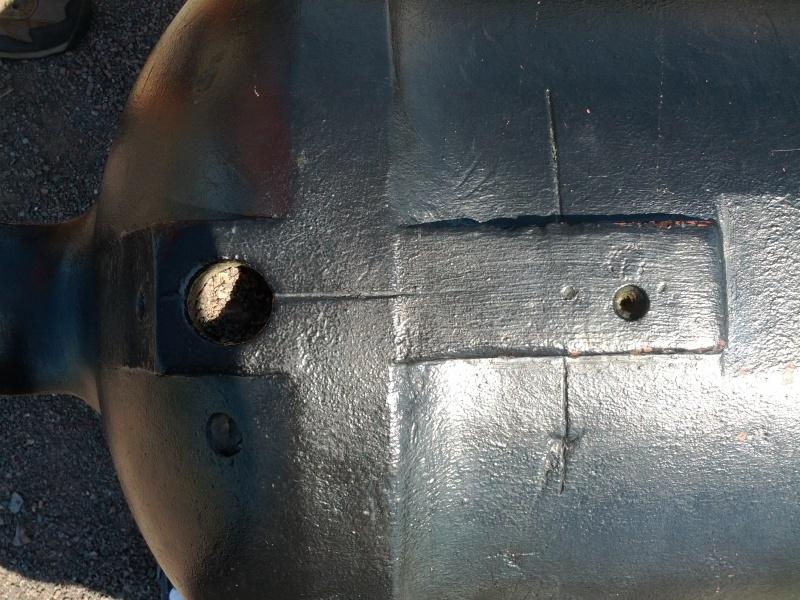
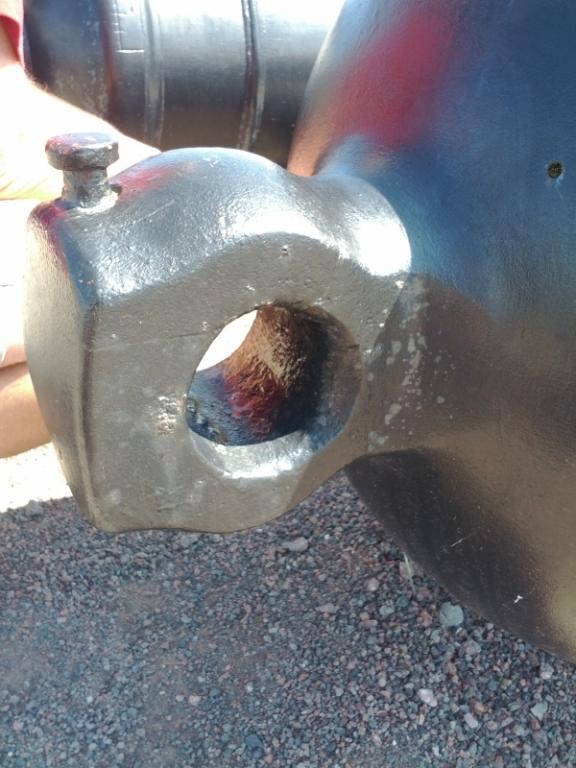
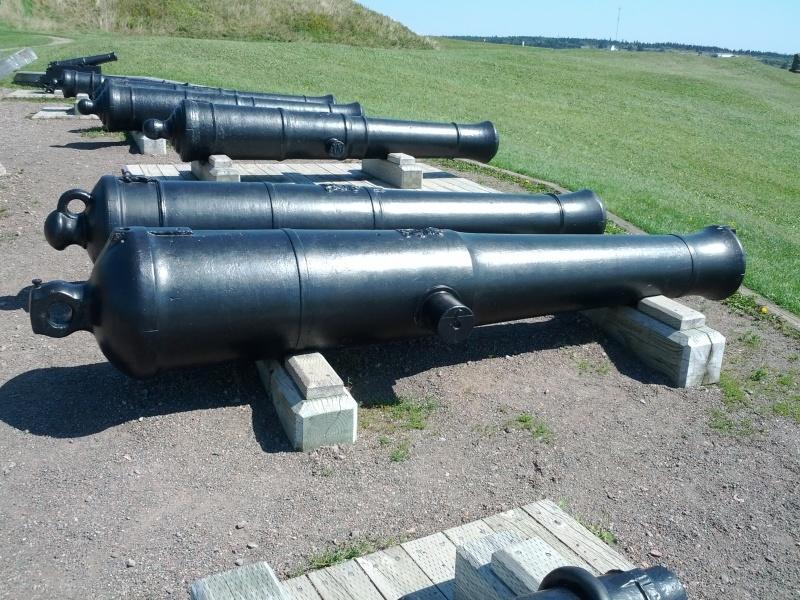
Next is the 80 pounder's forebear, the 68 pounder smoothbore. This was, I believe, the 80's immediate forebear. Externally it is almost identical, but the elevation measurement was cruder (the 80 had a flat for an inclinometer and integral sight mounts) and was done by elevation hash-marks on the carriage. On this example, the touch hole cover is still present to keep water out of a loaded fuse hole. It's also a King George ciphered-gun, so either George the 2nd or George the 3rd.
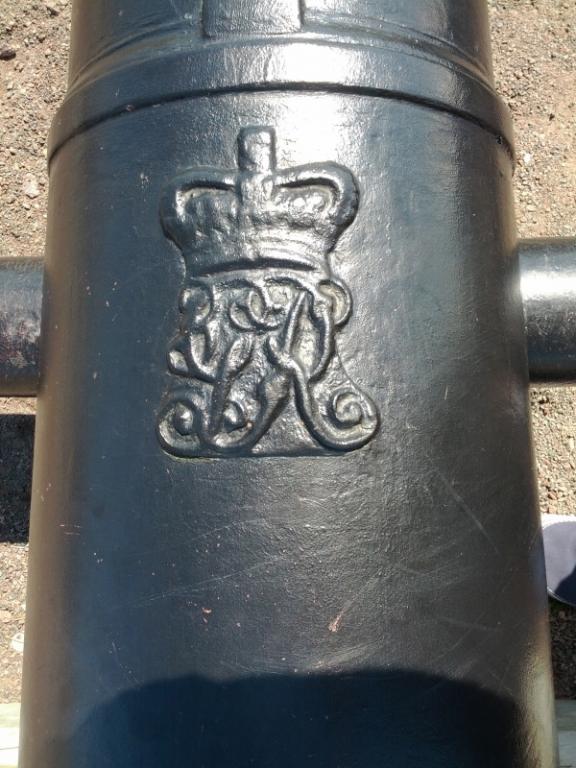
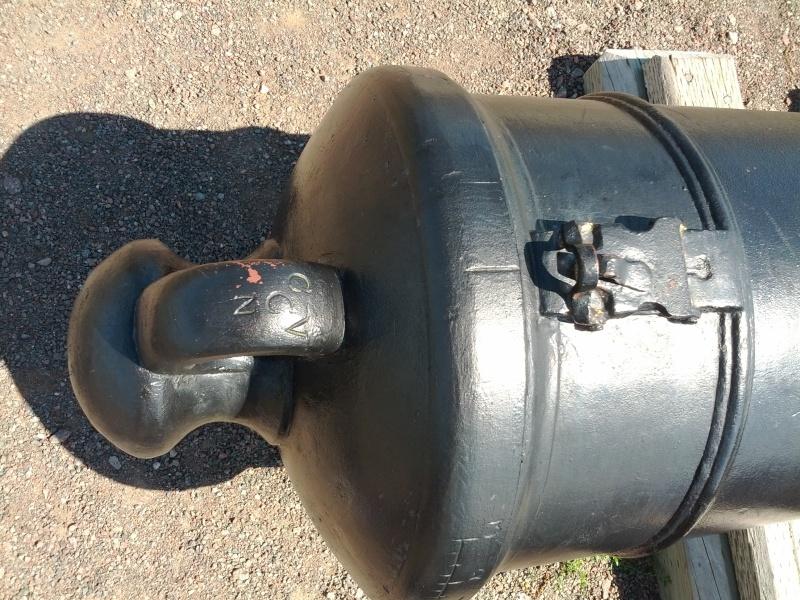

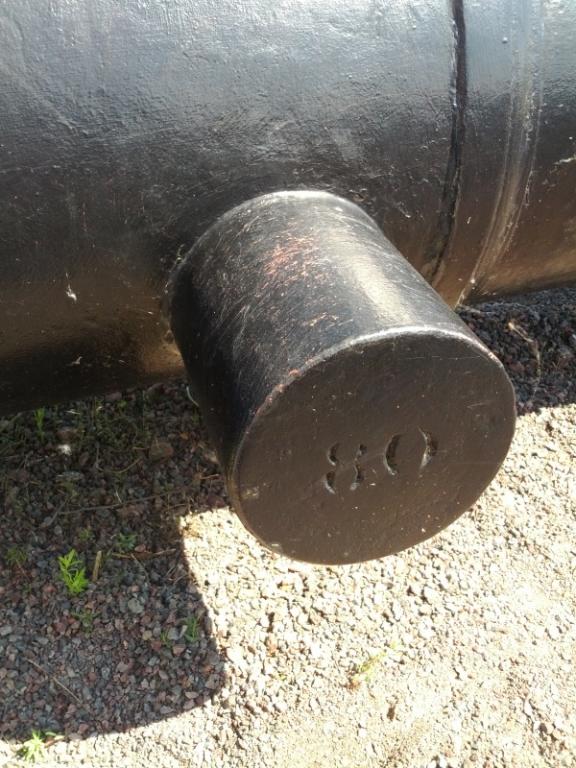
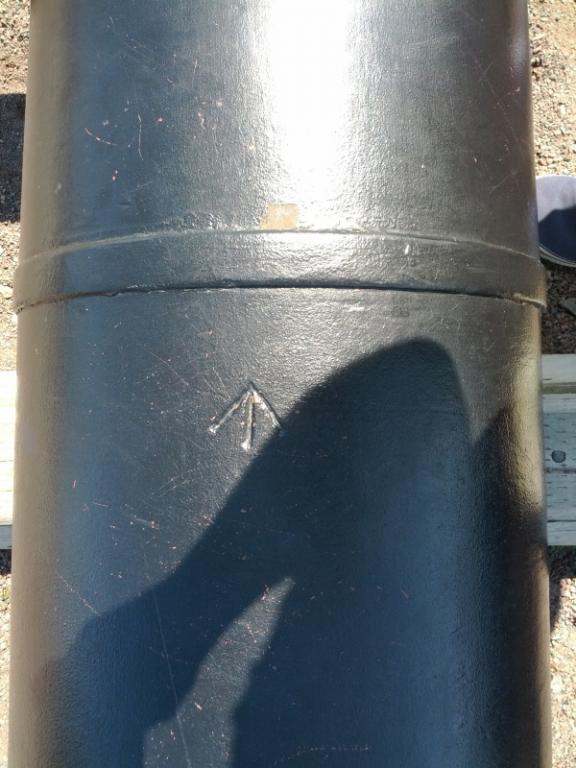
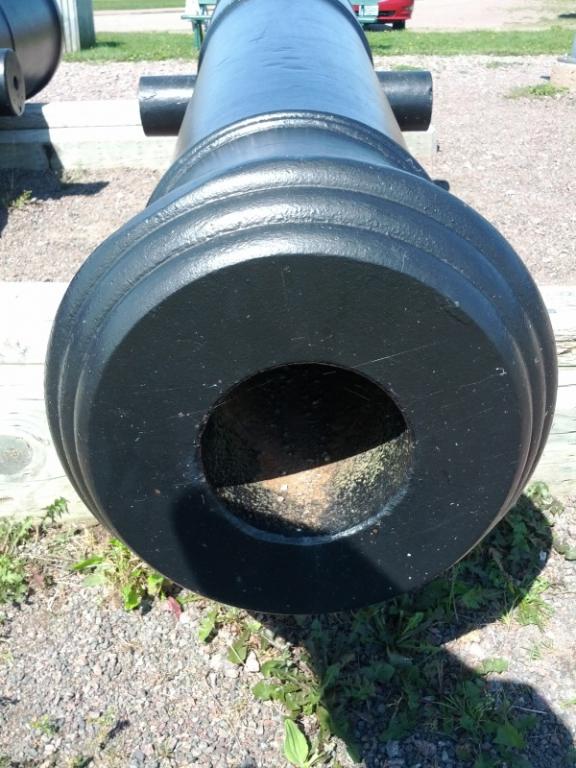
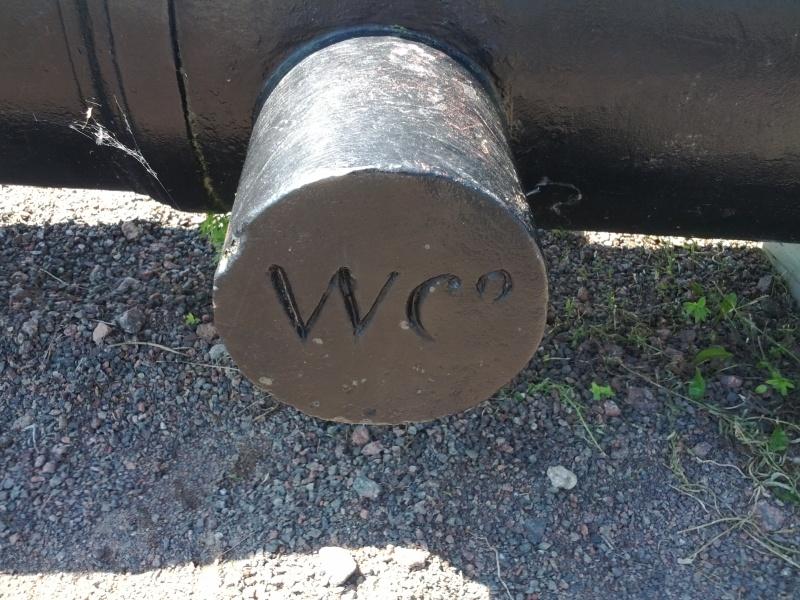
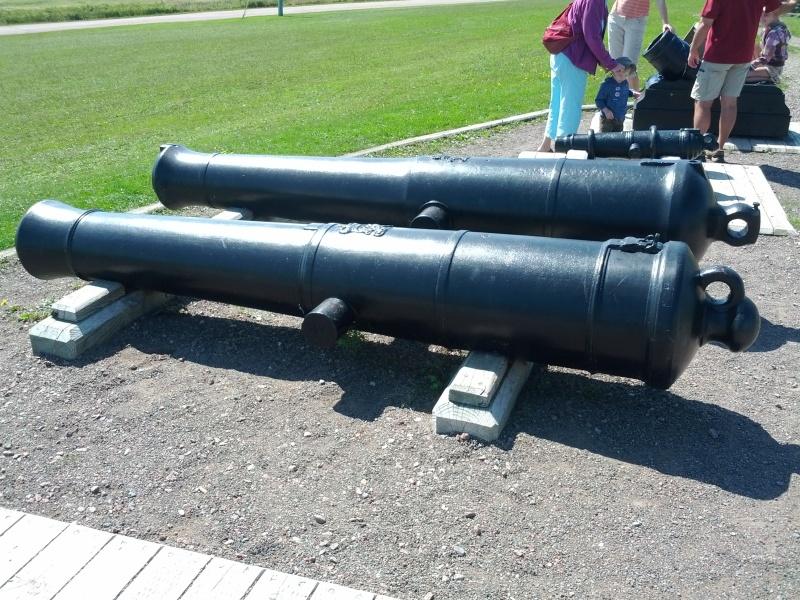
If anyone knows more about these than I do, pls correct me if I got anything wrong! The canon collection at the fort is not labelled and none of the staff seemed to know anything about them. Probably just summer students.
Information
 |
Warning: This is a relatively older thread
This discussion is older than 360 days. Some information contained in it may no longer be current. |
|
Союз нерушимый республик свободных Сплотила навеки Великая Русь. Да здравствует созданный волей народов Единый, могучий Советский Союз!
-
The Following 6 Members Say Thank You to Claven2 For This Useful Post:
-
08-25-2012 09:47 PM
# ADS
Friends and Sponsors

-
Link below shows what they would look like in a Garrison on the carriage,
Victorian Forts and Artillery: The 64pr. R.M.L.
-
Thank You to bigduke6 For This Useful Post:
-
-
Ah, I see. So according to the site you point to, the RML is not an 80, but a 64 RML. Interesting considering the smooth 64's were often remade into 80's according to a few sources I have read - the increase in poundage owing to the shells being long cylinders vice short round balls.
The 64 prs were first introduced into the Navy but became obsolete by the 1870s and were then employed for land service. The forts of the Gosport Advanced Lines were armed with the 58 cwt. gun on their main faces and the 71 cwt. gun in their Haxos. Most were mounted on no. 18 platforms for the faces and casemate platforms for the Haxos. Those of the Portsdown Hill line received the 71 cwt. version on no.18 platforms for main armament. None were fitted to the Haxos. The 64pr. fired a common shell to a distance of 4,000 yards using a charge of 8¼ lbs at an elevation of 11 degrees.Seventeen of the lighter 64prs. were mounted on a pattern II Moncrieff disappearing carriage for use at Malta. The 64 pr. now on the main rampart at Fort Nelson is a conversion from the 58 cwt. Dundas pattern 32 pr. dating from 1847. Rifled with three grooves, it bears the monogram of Queen Victoria in relief on the second reinforce. The left trunnion is marked with RGF 101 1 1873 whilst the right trunnion bears the usual cross hairs for elevation purposes. The first reinforce is inscribed with a Broad Arrow and the weight 59-1-14. The face of the bore lining tube at the muzzle is stamped R.G.F. Iron. It has a calibre of 6.29 inches, length of 9ft. 6 inches and overall length of 10ft. 5 inches. The carriage and platform were built in the workshops of the County Museum service at Chilcombe House, Winchester. This was all made possible by a generous donation from the Dutch firearms collector Henk Visser. An armament return for Fort Nelson dated 1884 shows that all of the 64 prs mounted were the 71 cwt version rather than the 58cwt example that is now mounted for display purposes.
I wonder if that means the older canon next to it is actually a 32 pdr?
Last edited by Claven2; 08-26-2012 at 08:07 AM.
Союз нерушимый республик свободных Сплотила навеки Великая Русь. Да здравствует созданный волей народов Единый, могучий Советский Союз!
-
-
FREE MEMBER
NO Posting or PM's Allowed

I would love to see a heavy cannon fired,
-
Most of those still in existence could be fired, but I know of no museums who would do so 
Союз нерушимый республик свободных Сплотила навеки Великая Русь. Да здравствует созданный волей народов Единый, могучий Советский Союз!
-
-
The barrels look to be in such good conditiopn, not the usual corroded and pitted things we see here, that surely it shouldn't be beyond the wit of man - or a group of them, to make a good replica carriage or carriages for some of them. It just seems a shame to see them out in the open like that. To me, it's like seeing an old, dignified 25 pounder out in front of a building somewhere with the paint faded and flaking off, rusting around the edges, tyres going flat and perished............ you know the sort of thing.......... when all it needs is a weekly wipe over with an oily rag and it'd look good again
There used to be one outside the old TA (reserves) Centre at Bxxxxxx until a Regular Artillery Warrant Officer took over the place. Then every Saturday morning he and his sons used to get the hand brush, oily rags, brasso and dusters and set to work on it for half an hour or so. Within a few weeks it was gleaming. His sons were 'paid' pocket money for their efforts from the unit funds. I didn't go into how they were 'paid' pocket money of course. But the result was good!
-
-
The barrels look to be in such good conditiopn, not the usual corroded and pitted things we see here, that surely it shouldn't be beyond the wit of man - or a group of them, to make a good replica carriage or carriages for some of them
Standing on a train a few years back (Liverpool - London) was in a conversation with an ex 5 mile sniper ( RA Gunner ), who was trying to save a cannon from somewhere, there was a couple of ex Gunners and enthusiasts who were in discussions with the local council, they had raised enough cash and had started work on a carriage, but health and safety part of the council butted in and all was lost, the cannon was removed at some point but he never knew where to, he was quite sure there was a backhander given .....
Its small groups like this I feel for, they give up so much time and have to jump through hoops and in a lot of cases loose out. Similar thing in Tilbury were I,m based, there are two Forts one of them is owned by the National Trust , Tilbury Fort, the other is run by volunteers, Coal House Fort, (this is on the list in the link I posted) coal house are just lacking in funds, but have restored parts of the fort and rely on donations etc.
Well worth a visit if your in the area, Tilbury Fort is open daily, and coal house is open every last Sunday of the month.
Last edited by bigduke6; 09-21-2012 at 10:46 AM.
-
-
Advisory Panel



Originally Posted by
Claven2

Ah, I see. So according to the site you point to, the RML is not an 80, but a 64 RML. Interesting considering the smooth 64's were often remade into 80's according to a few sources I have read - the increase in poundage owing to the shells being long cylinders vice short round balls.
I wonder if that means the older canon next to it is actually a 32 pdr?
Parks Canada put out a publication @25-30 years ago which should answer most of your questions.
put out a publication @25-30 years ago which should answer most of your questions.
I think this is it:
http://www.sha.org/documents/researc...%20English.pdf
It officially didn't include rifled guns, but in fact it did delve into the early rifled muzzle loaders . Start at Page 55
Last edited by Lee Enfield; 08-27-2012 at 02:23 PM.
-
Thank You to Lee Enfield For This Useful Post:
-
Advisory Panel


So when did it revert to being Fort Beausejour instead of Fort Cumberland?
“There are invisible rulers who control the destinies of millions. It is not generally realized to what extent the words and actions of our most influential public men are dictated by shrewd persons operating behind the scenes.”
Edward Bernays, 1928
Much changes, much remains the same. 
-
attempt to introduce rifling to heavy artillery.
got it.



































 PM
PM











